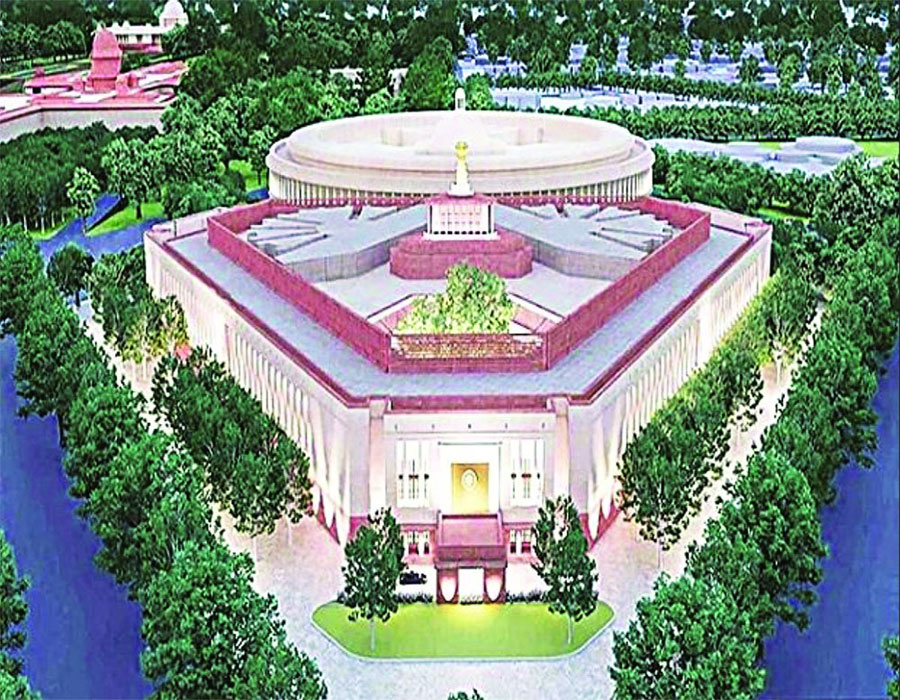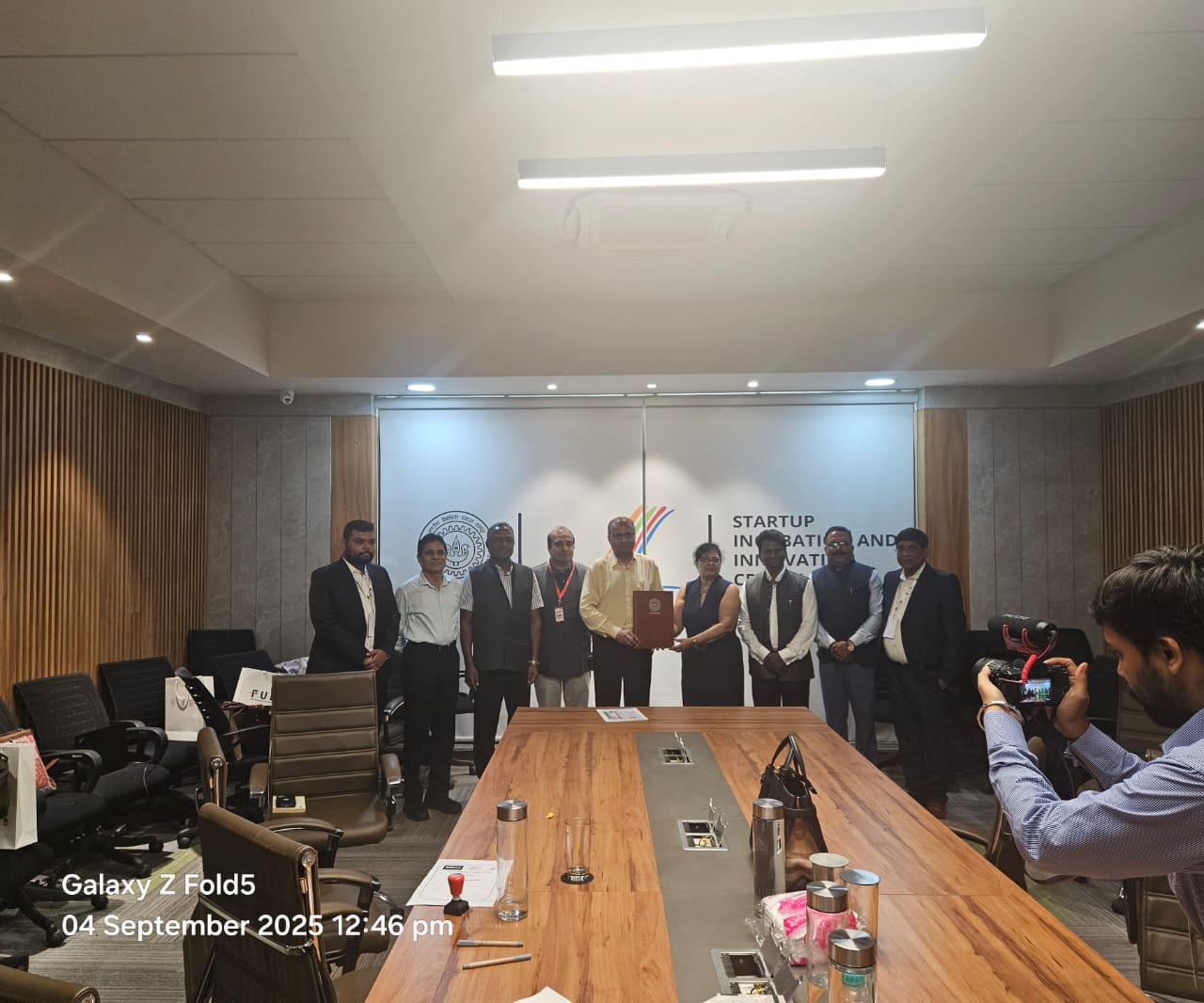Narendra Modi wants to leave his imprint on central Delhi; the new Central Vista will be quite a mark
On the auspicious day of Makar Sankranti, the day millions of Indians worship the Ganga, construction began on India’s new Parliament building, the first of several projects that will define New Delhi in the latter half of the 21st century. Many individuals and organisations have questioned as to why such an expensive infrastructure undertaking is being started now, as India’s economy limps back into action following the pandemic. The fact is that large infrastructure projects have always been used by nations, whether it was Germany or Japan following the World War 2 or the United States during the Great Depression, to turbo-charge economic recovery as these projects provide large volumes of employment and leave behind a considerable legacy. Delhiites themselves have never denied heritage its place — Rajput, Islamic, European or Colonial — and made it a part of their living history, one where Lutyens’ Delhi is a key chapter. The cluster of offices would undoubtedly change the skyline as we know it and their ramped-up security would rob us of an indulgent spread in the heart of the city. But was this particular infrastructure project needed?
There is a simple answer to this, asking anyone who has either worked or has visited any major Government office in New Delhi. While the buildings of Lutyens’ yore are amazing pieces of architecture, structures like the North and South Block are awfully dilapidated and the post-Independence buildings such as Shastri Bhawan and Udyog Bhawan are downright awful. They are inefficient as modern working spaces and, worse still, environmentally unfriendly in terms of energy consumption. These buildings needed a thorough revamp at the very least and one could argue that they needed to be broken down and rebuilt. And it is the latter path that this Government is undertaking. However, as the Supreme Court has pointed out, this has to be done thoughtfully so as not to destroy the history and heritage dating back over a century when the colonialists rebuilt the Capital in the 1900s. But to argue that India does not need this, because it is Narendra Modi and his Government who are undertaking such a project, is nothing more than petty jealousy. The same people would have made completely different arguments had a Congress-led administration carried out the rebuild. India’s Parliament too needs an urgent makeover. The Central Vista revamp is massive as it envisages a new triangular Parliament building with a seating capacity for 900 to 1,200 MPs and synergised administrative blocks, to be completed by August 2022. On its part, the Government had been arguing for a makeover of this part of Lutyens’ Delhi for its functionality and efficiency, claiming that it would create spaces for a more streamlined operation of Ministry offices and free up more citizen-friendly spaces. It is the Modi regime’s attempt to overwrite our Colonial past and redesign an institution as wholly Indian, as representative of its people and epoch-making simply because no Government had thought of this before. While the existing building, based on the 9-12th century CE circular Yogini temples, is a tremendous structure and a temple in its own right, if India is to have a larger Parliament that is representative of her population, a new building is essential. It was vital that this rebuild happens and while the public relations could have been better, this reconstruction of Delhi was needed. And it will leave Narendra Modi’s mark on Delhi for years to come, whether some people like it or not.








 OpinionExpress.In
OpinionExpress.In















Comments (0)